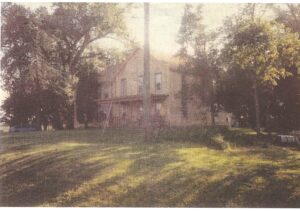 Could you find your way to Washburn Corner? Or perhaps you remember a sign for Duroc Jersey – Hogs. It is the corner where County Highway 9 crosses Highway 169, about equal distance from Lake Crystal and Rapidan, and north of Garden City.
Could you find your way to Washburn Corner? Or perhaps you remember a sign for Duroc Jersey – Hogs. It is the corner where County Highway 9 crosses Highway 169, about equal distance from Lake Crystal and Rapidan, and north of Garden City.
The schoolhouse for District #17, known as the Piper School, sat just south of the corner. It was in use from 1856 to 1923 when it became part of the Garden City District. As electricity began to flow from the Rapidan Dam into the surrounding county in 1938, a substation was built on the east side of Highway 169. It was referred to as the Washburn’s Corner substation.
Fred M. Washburn and his wife, Anna, purchased acreage on the corner in 1911 from Leonora J. Piper. Her husband, Jefferson Piper, had settled the land in 1855. During the time the Pipers owned the property, a large white house was built, with porches and bay windows. The land was passed to their sons G. Frank and Clarence (C.H.) Piper. However, Frank was involved in Midland Linseed Oil Company in Minneapolis and C. H. with Piper-Howe Lumber Company. Neither was thinking of returning to the farm.
The Washburn family came from Indiana, looking for a place to raise prized Duroc hogs. The sign erected along the highway designated the farm as the F.M. Washburn and Sons Highway Stock Farm. Breeders of Market Type Duroc – Jersey Hogs. The animals were well known in the area. For example, in 1941 Washburn’s Duroc Jersey boar was Grand champion at five fairs.
A thirty-page catalog for a sale on January 7, 1920, shows the high reputation of Washburn’s hogs. The site is referred to as Maplewood Stock Farm, offering forty sows for sale, with names like Fancy Defender, Royal Lady, or Magenta Lady. All had been bred to Giant Pathfinder, who would be shown the following year. Free transportation to the sale would be provided from either the Lake Crystal or Rapidan train depots. Purchased animals could be shipped from either railroad depot, and would be delivered to the station by the seller. Buyers who stayed at the Commercial Hotel in Lake Crystal the night before the sale or the evening of sale day would be guests of the Washburns. An advertisement in The Free Press even mentioned a heated pavilion, a drawing card for a January event.
Fred Washburn died of a heart attack in 1958, at 71 years of age, while working on his tractor in a cornfield. The farm was sold, the substation removed, the old white house torn down, and a new house built on the corner site. But locals still refer to it as Washburn’s Corner.
By Hilda Parks
The Pipers are a part of the Remarkable Men of Garden City.


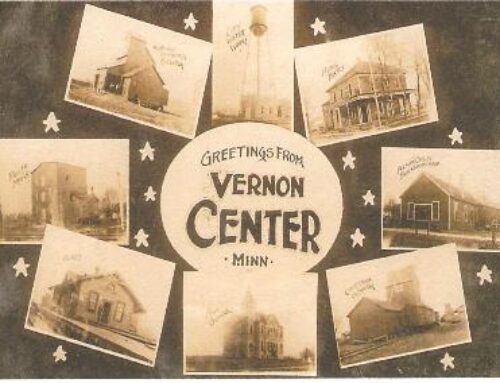
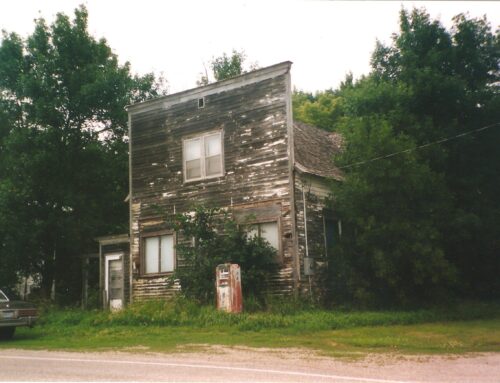
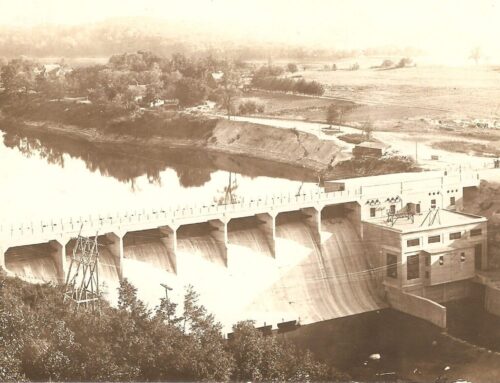
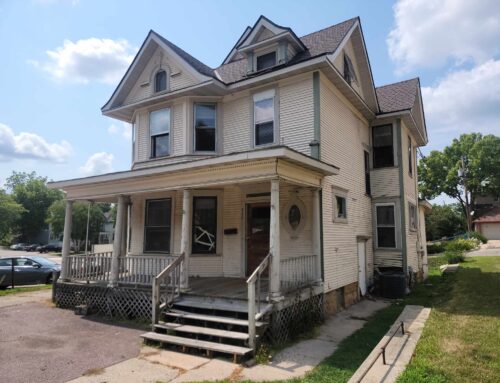
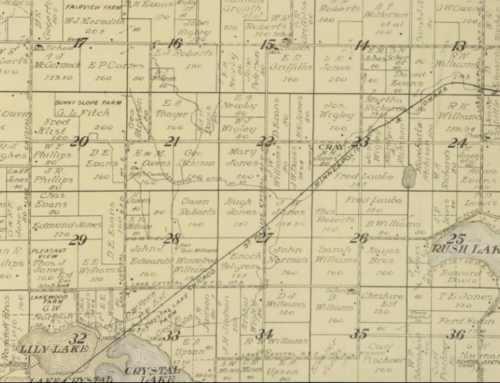
Could you tell me which corner of the intersection theWashburn house was on. I live on the Southwest corner of 169 and 9 and I’m very curious.
Thank you
Mark Woelfel
Mark,
do you happen to know who farms the land directly behind you? I would be interested in metal detecting the area seeing if I can find any treasures from where the old schoolhouse sat. 🙂
Let me know!
-Abby
I love this house
I believe that I lived in the big white house when I was young. Our family rented it. I remember a huge tree with the driveway circling around it. There were bedrooms above the garage. Two story house with many rooms and a creepy basement. I heard it was torn down. I’d love to get more info on the house. May I call someone from the historical society?
Thanks for your question. You are welcome to call or email Research@blueearthcountyhistory.com We may not have much more than what was in the article.
I took the picture of the house with my father George Piper the 3rd in 1986.
Would love to know when the house was torn down? Or talk with anybody who lived in the house.
I grew up a quarter mile away from Washburn corners. We used to hear ghost stories about the house. I lived in the house on county road 9 going towards lake crystal. When they were planning on redoing county road 9 and 169 they bulldozed the house and burned it. I remember riding the bus one morning and seeing it on fire around 1995. Not sure if that helps any. I would love to know more history about my old house, I know it was built in the 1920s . It was white, but we put blue siding on it with outdoor buildings and used to have a barn, but was tore down and a machine shed was built.